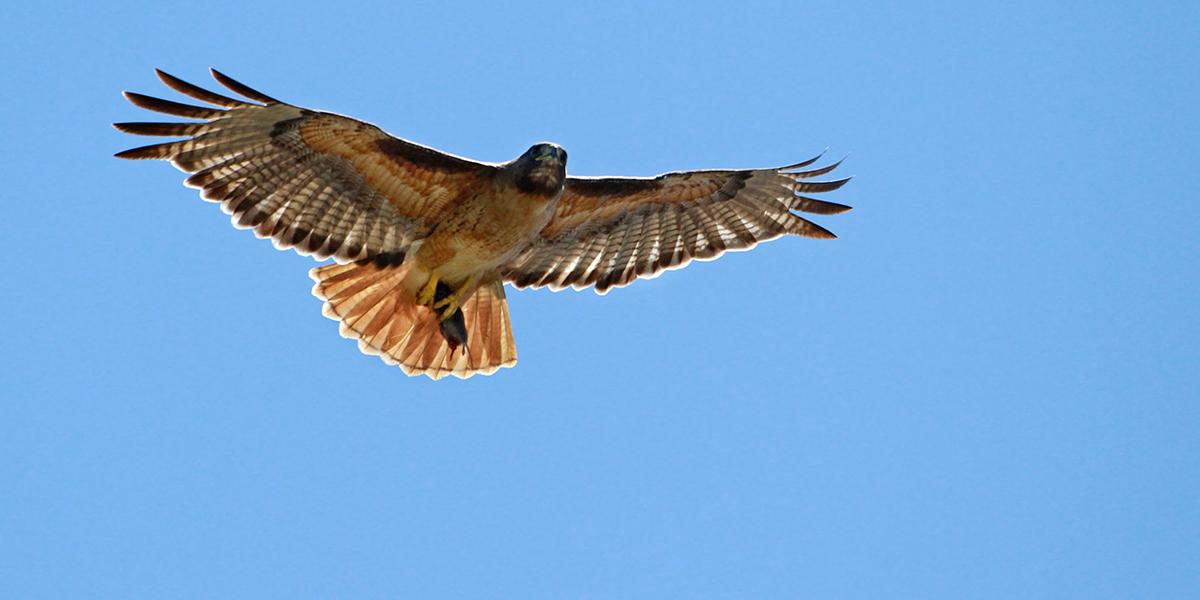Your parks need you now
Your support helps fight climate change and promote park sustainability—please give now.

When observing animal species, the sexes often can be determined by noting differences in coloration, size, features, and even behavior. For example, male elk grow antlers, while females do not; in lions, the males have a mane, and the females do not. Among higher vertebrates, one manifestation of this “sexual dimorphism” is that males tend to be larger than females. Male elephant seals can grow up to 16 feet long, while females max out at about 10 feet. Female gorillas only weigh half as much as their male counterparts. Often this trend is attributed to sexual selection: larger males win contests for their choice of mates.
This all seems pretty straightforward. So if the wandering nature enthusiast sees two animals of the same species, and one is significantly larger than the other, then the larger animal must be the male, right? Not so fast.
In birds of prey this is not the case. For nearly all raptor species migrating and residing in the Marin Headlands and all over the world, the female is actually larger than the male. This size difference is most pronounced in bird-hunting raptor genera such as accipiters and falcons.
One falcon species, the Peregrine Falcon, is one of the best examples of “reverse sexual dimorphism” in birds of prey. In falconry, the male Peregrine is often referred to as a tiercel, a name that originated from the Latin word “tertius,” meaning third—the male Peregrine is about one third smaller than the female Peregrine. An example of an accipiter that displays reverse sexual dimorphism is the Cooper’s Hawk: the male can weigh up to 315 grams while the female can weigh up to 475 grams.
No one is sure why birds of prey show this reverse sexual dimorphism, but many interesting theories exist. One suggests that with males and females of different sizes, there is reduced competition within mating pairs, as each will be hunting for different-sized prey. Another theory suggests that females need to be larger than males to accumulate reserves of extra energy to produce eggs.
This is all great information, but now the bird nerd side of you wants to put this new knowledge to work in the field. Let’s say you notice a Red-tailed Hawk flying overhead, and then you see that it’s been joined by a second one. One hawk is distinctly larger than the other, so there is a good chance that you are seeing a female and a male—possibly one of the resident mating pairs of the Marin Headlands!
By Emily Abernathy
Golden Gate Raptor Observatory intern
Your support helps fight climate change and promote park sustainability—please give now.